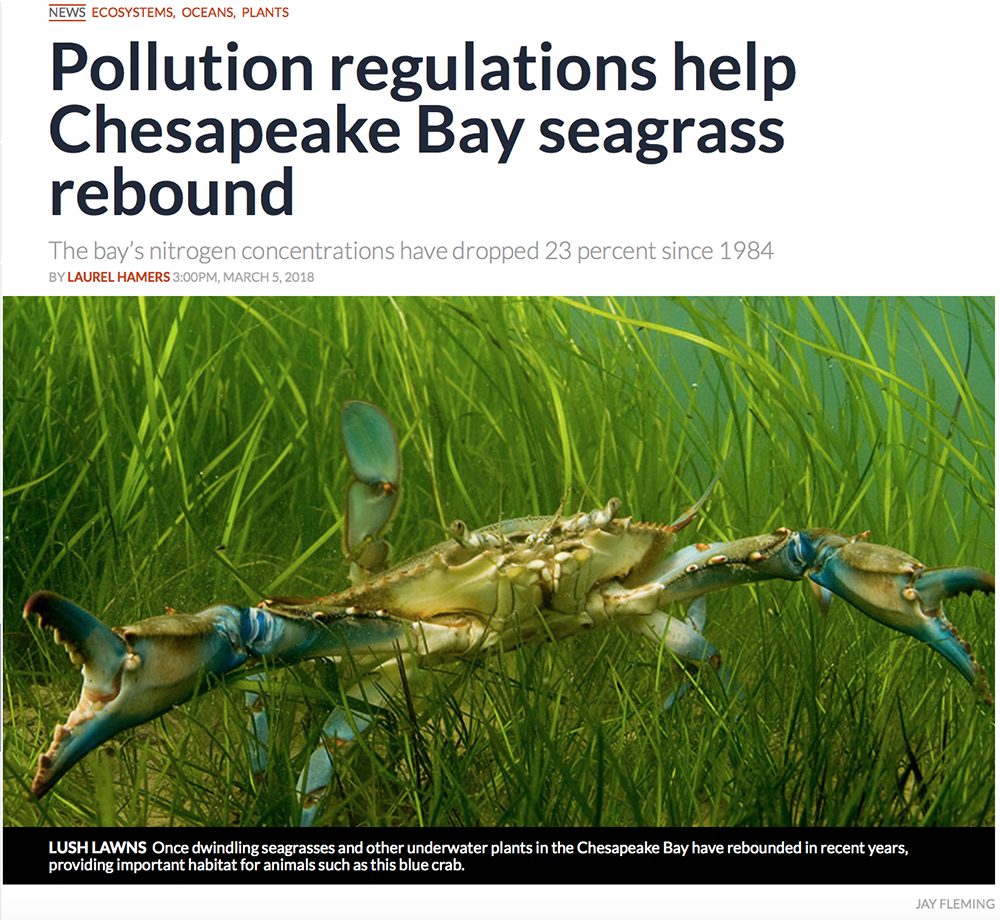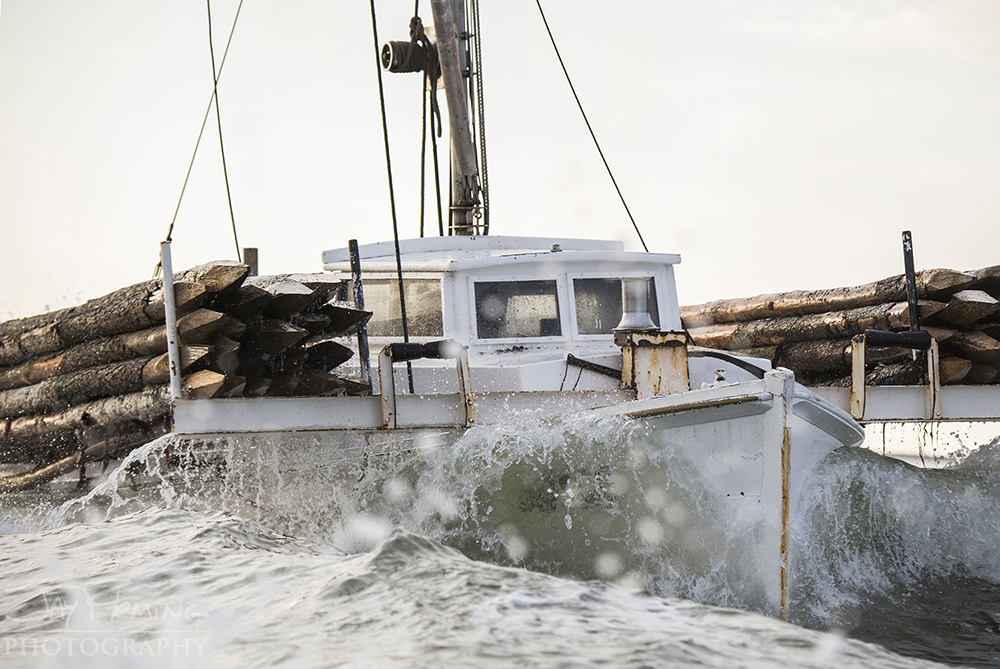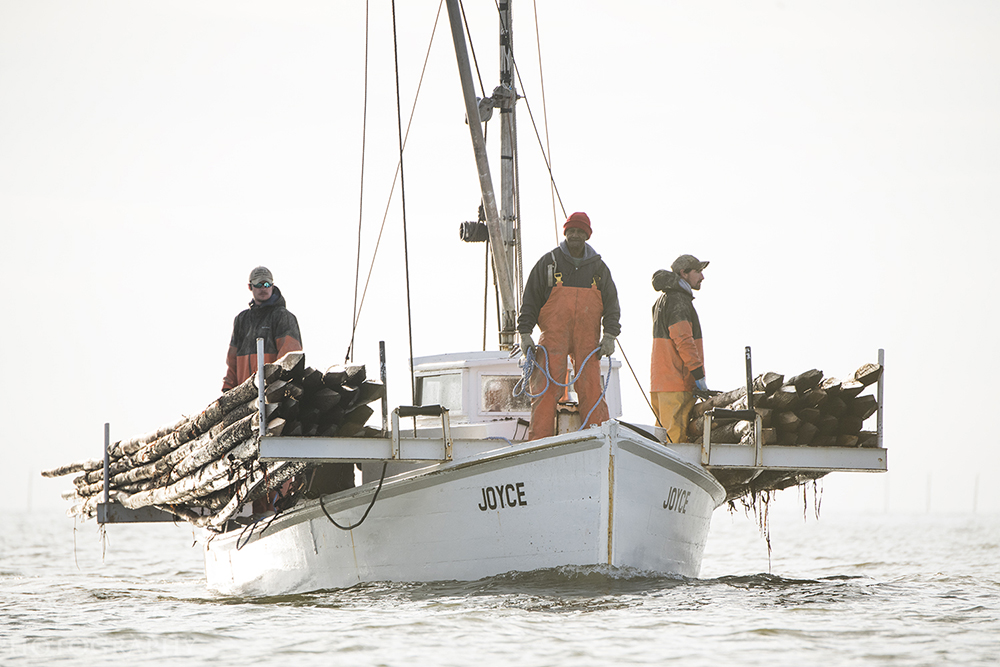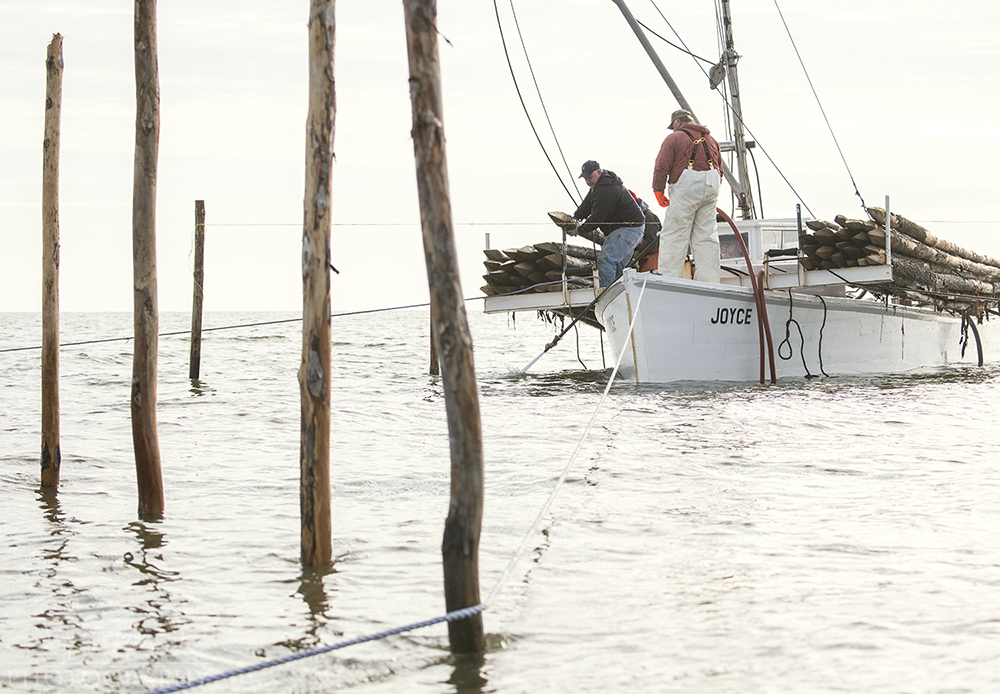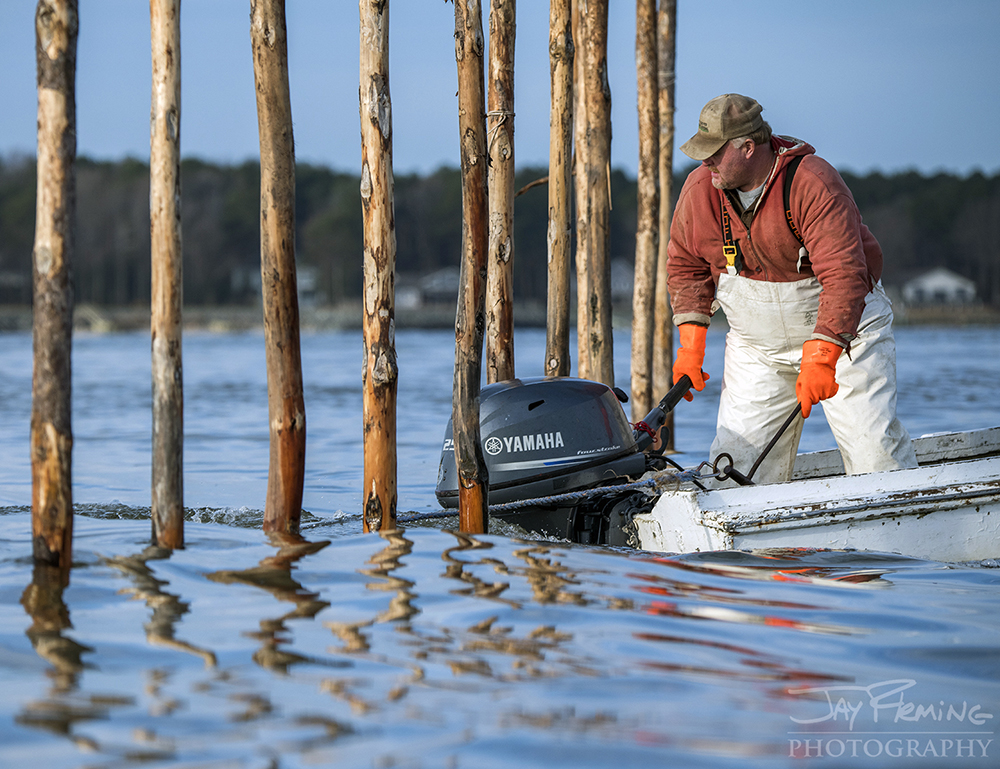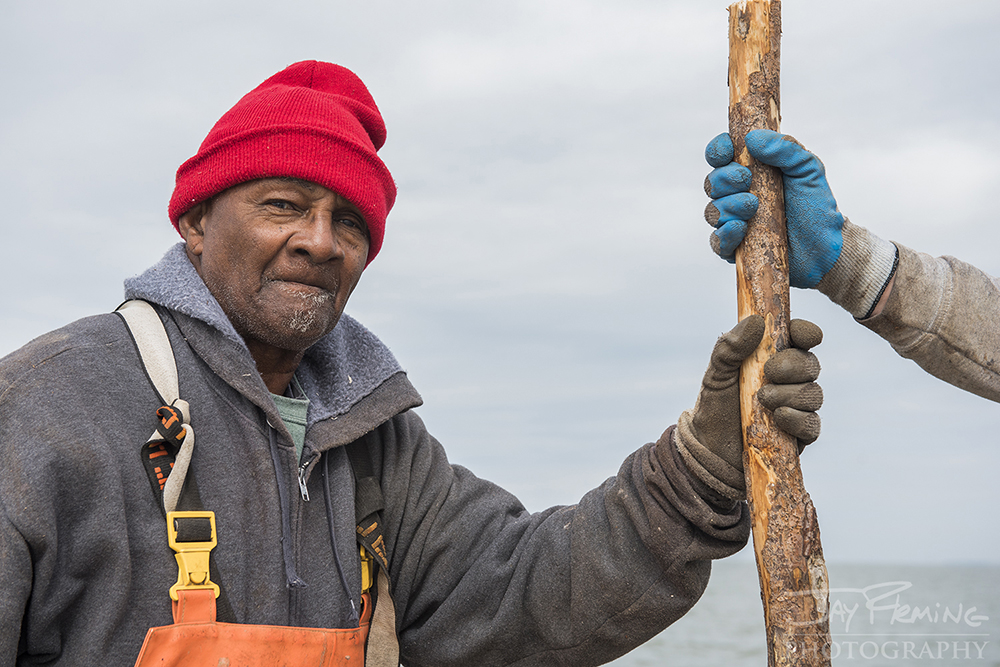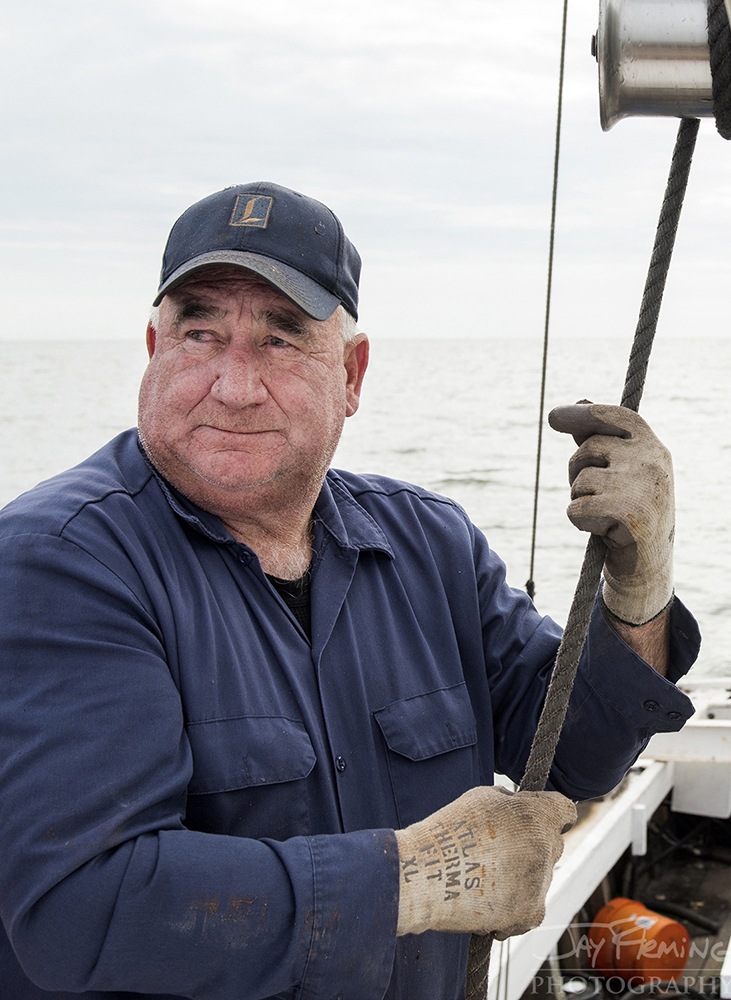Ice Breaking onboard the workboat 'J. Millard Tawes' is essential for Smith Island, Maryland during a freeze up. Captain Eddie Somers explains the importance of ice breaking for the island in this short video. I had a great opportunity in January 2018 to photograph the blizzard that resulted in a hard freeze on both Smith and Tangier Island.
This video is part of a series of short films that will parallel my book, 'Island Life', and upon publication of the book in 2020 will be turned into a 30 minute documentary. -
- Thanks to the following for help with the production of this film -
Captain Eddie Somers
Lee Daniels
Wardell Fennell
Ozzie Wilkinson
Stephen Edward Schat
Maryland Department of Natural Resource
Editing by Caroline Phillips
Science News - Chesapeake Bay seagrass
Underwater grasses are growing back in the Chesapeake Bay. The plants now carpet three times as much real estate as in 1984, thanks to more than 30 years of efforts to reduce nitrogen pollution. This environmental success story shows that regulations put in place to protect the bay’s health have made a difference, researchers report the week of March 5 in Proceedings of the National Academy of Sciences.
Rules limiting nutrient runoff from farms and wastewater treatment plants helped to decrease nitrogen concentrations in the bay by 23 percent since 1984. That decline in nitrogen has allowed the recovery of 17,000 hectares of grasses, the new study shows — enough to cover roughly 32,000 football fields.
“This is one of the best examples we have of linking long-term research data with management to show how important that is in restoring this critical habitat,” says Karen McGlathery, an environmental scientist at the University of Virginia in Charlottesville who wasn’t involved in the research. ”I don’t know of any other system that’s so large and so complicated where these connections have been made.”
The bay’s aquatic vegetation, including seagrasses and freshwater grasses, is an important part of coastal ecosystems, says study coauthor Jonathan Lefcheck, a marine ecologist at the Bigelow Laboratory for Ocean Sciences in East Boothbay, Maine. Beds of underwater grasses act as nurseries that shelter young fish and aquatic invertebrates. The plants clean the water by trapping particulates, and stabilize shorelines by preventing erosion. But the once-lush grasses began dying off in the 1950s when the region’s human population boomed, and cities and farms dumped increasing amounts of nitrogen and other nutrients into the bay.
In the late 1970s and early 1980s, state and federal agencies took action, limiting the amount of nutrients that could enter the bay from farms, water treatment facilities and other sources. Those groups also instituted programs to monitor the bay’s health, building up the stockpile of information that Lefcheck and his colleagues have now analyzed.
The researchers looked at aerial surveys of the bay, data on water temperature and nutrient levels, as well as land and fertilizer use. Using mathematical equations to test which variables had the biggest impact on seagrass regrowth, the team pinned down nitrogen reduction as the driving force. That makes sense: Too much nitrogen in water promotes the growth of plankton, which can block sunlight, and algae, which can settle on the grass blades and smother them.
Now, though, researchers are seeing just the opposite. Grasses need clean water to get a foothold, but once they settle in, they “modify their own environment and make it better,” Lefcheck says. “Once you get a little bit established, it can take off.”
Reedville, Virginia - Pound Netting - Setting Poles
On Tuesday - March 6th - I was in Reedville, VA to photograph Lewis Seafood setting their gear for the 2018 fishing season. The Lewis family has fished pound nets near the mouth of the Potomac River for multiple generations. After cutting and sharpening poles, mending nets, and dipping net all winter, they were driving poles into the bottom.
Other Reedville fishermen were taking advantage of the calm seas on Tuesday to get poles out into the bottom. After setting the poles, which are the foundation for the net, they will set their net and start fishing. The first run of fish that they will see is the spring Bunker run which will supply crab potters up and down the bay with bait.
Fishing Bay Yacht Club - Richmond, Virginia Lecture
WINTER PROGRAM
Jay Fleming on 'Working the Water'
6:30PM, March 7, 2018 - Richmond Omni
On March 7, Jay Fleming, renowned Chesapeake Bay photographer and author of Working the Water, will speak about his passion for the Chesapeake Bay and people who make their living on and around the Bay. This is a great opportunity to show your friends that Fishing Bay Yacht Club is about great people and great sailing in one of the most beautiful and interesting sailing areas on the East Coast.
The reception will be held at the Richmond Omni, 100 S 12th Street in the Magnolia Room. Cocktails (cash bar) and light hors d'oeuvres will be served at 6:30, speaker at 7pm. Tickets are $15. Registration available online at https://www.fbyc.net/.
Copies of Working the Water and prints will be available for purchase. Space is limited, so please register by Feb. 28th.


